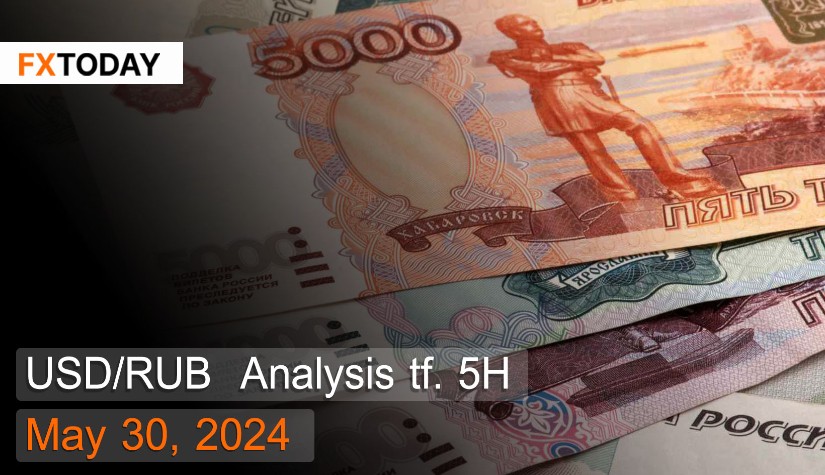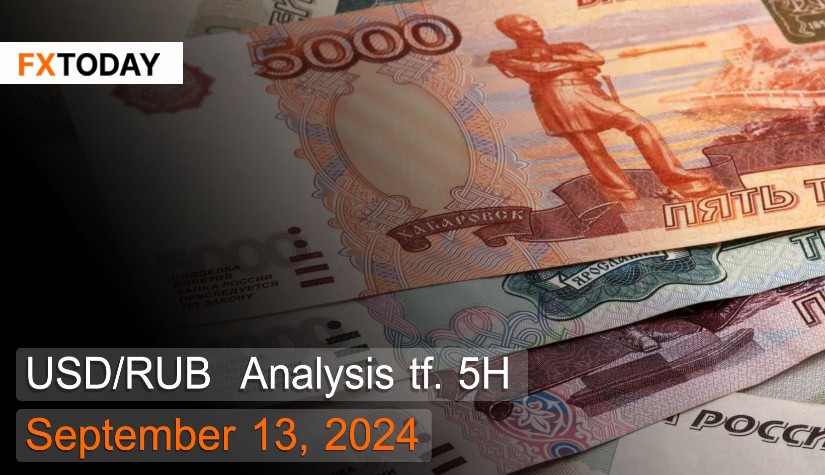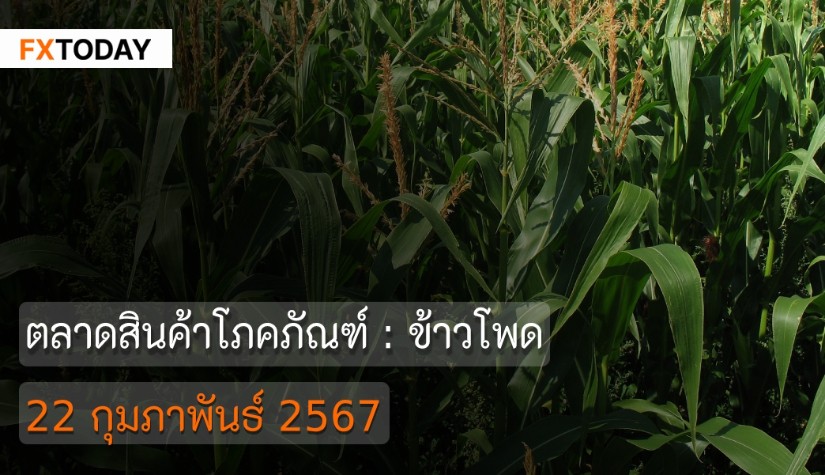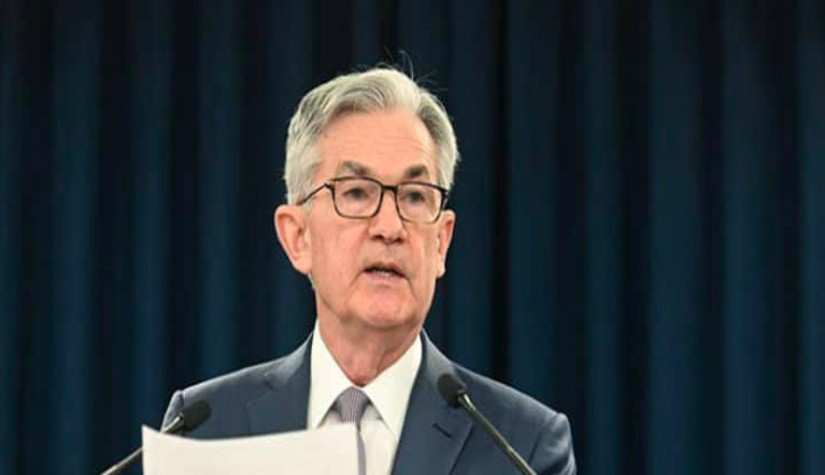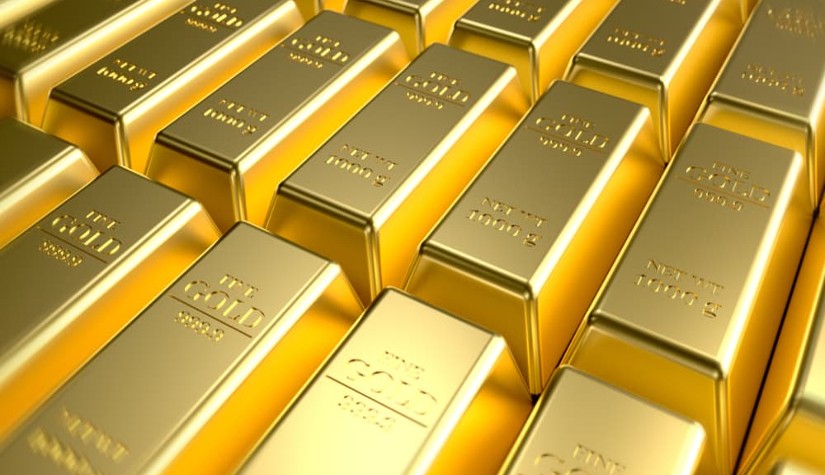Prices of various goods have been bolstered by rising inflation.
The Russian ruble has strengthened slightly, with the currency still supported by higher interest rates compared to many countries and capital controls on the conversion of foreign currency by exporting companies. These measures will continue until the end of April 2025. Additionally, Russia is set to sell over 6.3 billion rubles worth of foreign currency per day to offset the shortfall in energy export revenues compared to the government's budget forecast.
Annual inflation in Russia increased to 7.8% in April 2024 from 7.7% in March, matching market expectations. This rise was primarily driven by higher food prices, which increased by 8.3%, while non-food prices continued to rise by over 7%. Along with increased domestic demand, this will likely lead to higher costs for goods and services.
Russia's GDP grew by 5.4% year-on-year in the first quarter of 2024, exceeding market forecasts of 5.3%. The strong GDP growth was largely driven by Russia's manufacturing sector, which continued to recover after Western sanctions following the invasion of Ukraine in 2022. The manufacturing growth was mainly due to state-funded investments in weapon and ammunition production for the war effort.
The Russian Center for Macroeconomic Analysis warned that persistently high inflation, coupled with a shrinking labor market due to military mobilization, could harm Russia's long-term economic prospects. The IMF projects that Russia's GDP will grow by only 3.2% this year.
The producer price index (PPI) in Russia fell to 18.4% in April, still above the long-term average. Mining costs surged by over 44.5% due to the sector's high sensitivity to rising fuel prices. Additionally, reduced oil refining capacity in the country further pushed up energy prices. On a monthly basis, the PPI increased by 1.8%.
The yield on Russia's 10-year government bonds rose to 14.7% following the latest meeting, where CBR officials indicated that the central bank might need to maintain high interest rates for an extended period. An interest rate hike might occur if inflation does not show signs of slowing down. The projected average inflation rates for 2024 and 2025 are 15-16% and 10-12%, respectively.
Techical analysis data (5H)
Resistance: 89.9529, 90.1563, 90.3765
Source: Investing.com
Buy/Long 1: If the price touches support in the price range of 89.3091 - 89.5293 but cannot break the support at 89.5293, you may set a TP at approximately 90.1563 and SL at around 89.1057 or according to your acceptable risk.
Buy/Long 2: If the price breaks the resistance in the price range of 89.9529 - 90.1563, you may set a TP at approximately 90.3765 and SL at around 89.3091 or according to your acceptable risk.
Sell/Short 1: If the price touches resistance in the price range of 89.9529 - 90.1563 but cannot break the resistance at 89.9529, you may set a TP at approximately 89.3091 and SL at around 90.3765 or according to your acceptable risk.
Sell/Short 2: If the price breaks the support in the price range of 89.3091 - 89.5293, you may set a TP at approximately 89.1057 and SL at around 90.1563 or according to your acceptable risk.
Pivot point May 30, 2024 08:03 PM. GMT+7
|
Name
|
S3
|
S2
|
S1
|
Pivot Points
|
R1
|
R2
|
R3
|
| Classic | 89.1057 | 89.3091 | 89.5293 | 89.7327 | 89.9529 | 90.1563 | 90.3765 |
| Fibonacci | 89.3091 | 89.4709 | 89.5709 | 89.7327 | 89.8945 | 89.9945 | 90.1563 |
| Camarilla | 89.633 | 89.6718 | 89.7107 | 89.7327 | 89.7883 | 89.8272 | 89.866 |
| Woodie's | 89.1141 | 89.3133 | 89.5377 | 89.7369 | 89.9613 | 90.1605 | 90.3849 |
| DeMark's | - | - | 89.631 | 89.7836 | 90.0546 | - | - |

